I'm having some difficulty understanding how Razavi determined \$V_{\text{in, eq}}\$. My understanding was that the small-signal model allows us to model the PMOS device as a constant current source (\$g_mv_{gs}\$) with a resistor in parallel (\$r_o\$) and then he transformed that from a Norton Equivalent to Thevenin Equivalent?
How is \$V_{\text{in, eq}}\$ derived?

